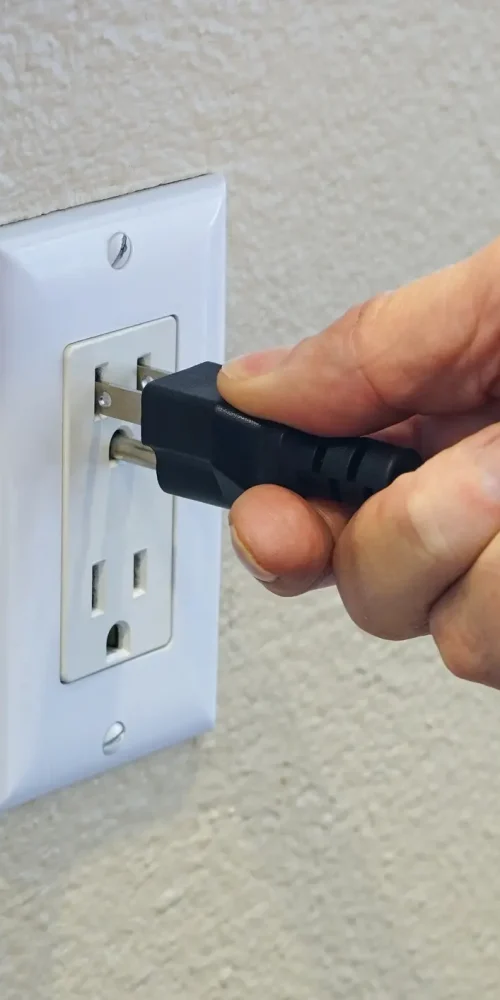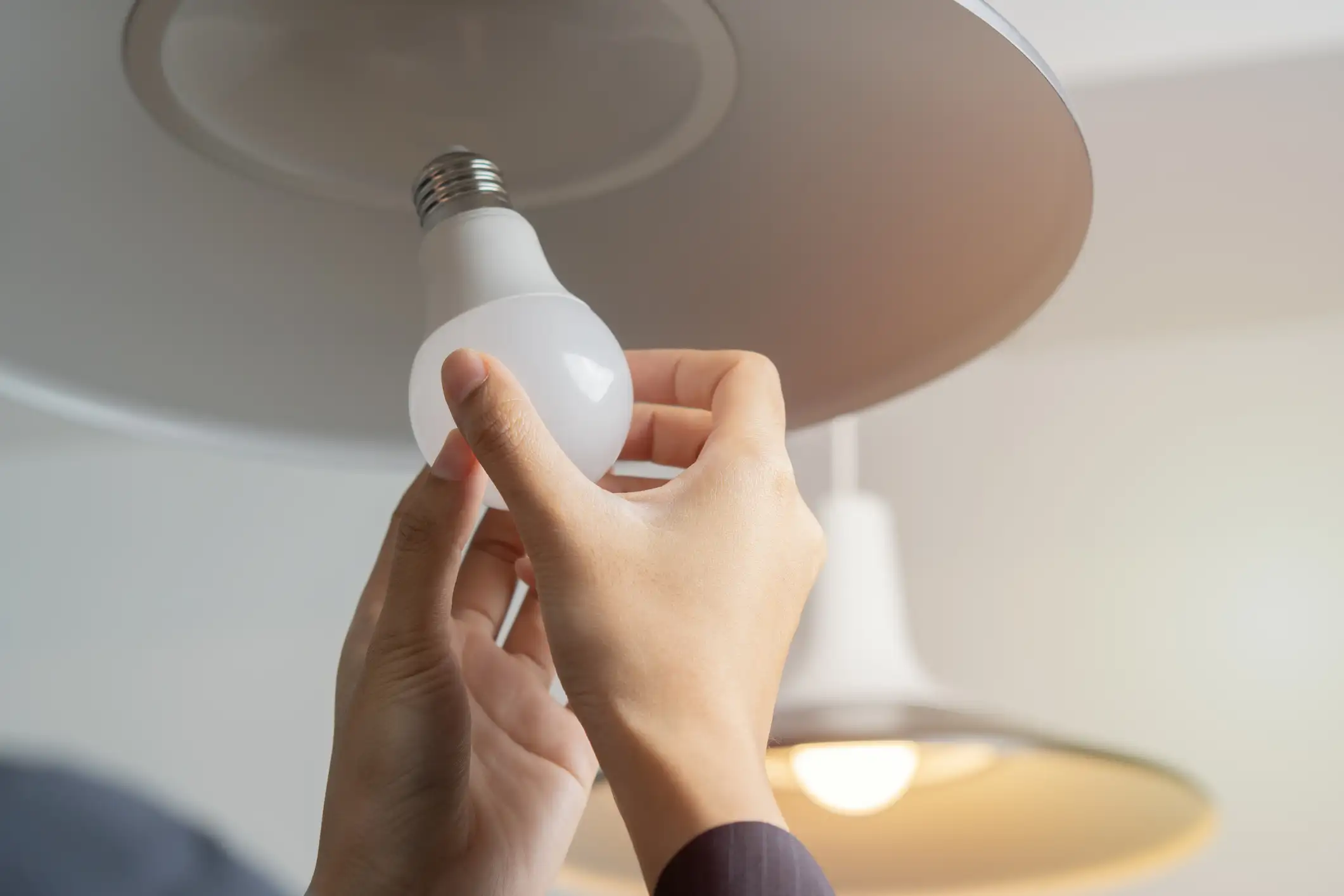Why Do My Lights Keep Flickering? (And How to Fix It)
October 7, 2025
Your lights flicker. You sigh. You wonder if it’s haunted or if your house is just tired of you.
Good news: it’s probably not ghosts—bad news: it is your electrical system trying to get your attention. Flickering lights can be anything from a loose bulb to a serious wiring issue.
Before you go replacing every light in the house, here’s how to figure out what’s really going on (and when it’s time to hand it off to the pros).
Step 1: Start Simple—Check the Bulb
Sometimes the fix is as easy as tightening the bulb. (Yes, really.)
Unscrew the light bulb, inspect the base for dust or corrosion, and screw it back in snugly. Still flickering? Swap in a new bulb—especially if you’re using older CFLs or mismatched LEDs that can flicker even when brand-new.
Quick Tip: Make sure your LED bulbs match your dimmer switch type. Old dimmers and LEDs are often incompatible and cause lights to fail.
Step 2: Check the Fixture or Switch
If the bulb looks fine, the issue could be the fixture or the switch itself. Turn off the power at the breaker, remove the faceplate, and check for loose wires or worn connections. If the switch feels warm or makes a faint buzzing sound, that’s your cue to call an electrician—immediately.
Step 3: Notice When the Flicker Happens
Is it random? Or does it happen when you turn on the microwave or hair dryer? If it’s tied to a big appliance, your circuit is probably overloaded. You might have too many power-hungry devices on one line.
- DIY fix: Unplug a few items and see if the flicker stops.
- Pro fix: Have WIREONE balance the load or add a dedicated circuit so your lights stop competing for power.
Step 4: Check the Whole House
If lights across multiple rooms flicker at once, you’re likely dealing with a loose neutral connection or a problem in your electrical panel. This is not the time to grab your tool belt—these issues can cause overheating or even electrical fires.
An electrician can test connections at the panel, check your grounding, and make sure your system’s voltage is stable.
Step 5: Look Beyond Your Home
Sometimes, the problem isn’t even yours. Power fluctuations from your utility company can cause brief dips in voltage that make your lights flicker. If your neighbors are experiencing the same issue, have WIREONE double-check your wiring for good measure.
When to Try DIY vs. When to Call the Pros
Here’s a quick cheat sheet:
| Situation | Try it Yourself | Call WIREONE |
| Loose or Old Bulb | ✅ Yes | |
| Mismatched LED + Dimmer | ✅ Yes | |
| Buzzing Light Switch | ✅ Absolutely | |
| Flickering in Multiple Rooms | ✅ Immediately | |
| Burning Smell or Hot Fixtures | ???? Call right now |
Flickering lights might seem harmless, but they can point to real electrical issues—from loose wiring to overloaded circuits. The good news? You don’t have to troubleshoot in the dark.
WIREONE Electric has seen every kind of flicker. Our licensed electricians can find the problem fast, fix it safely, and make sure your home’s electrical system is steady, efficient, and up to code.
Schedule your electrical inspection today.
Let’s keep your lights—and your peace of mind—steady.
 What to Do If Your Outlets Aren’t Working (But the Breaker Didn’t Trip)
What to Do If Your Outlets Aren’t Working (But the Breaker Didn’t Trip)
What to Do If Your Outlets Aren’t Working (But the Breaker Didn’t Trip)
 Why Do My Lights Keep Flickering? (And How to Fix It)
Why Do My Lights Keep Flickering? (And How to Fix It)
Why Do My Lights Keep Flickering? (And How to Fix It)
 Four Upgrades to Make Your Home More Energy Efficient
Four Upgrades to Make Your Home More Energy Efficient


